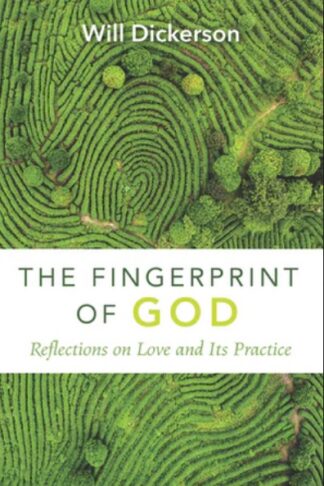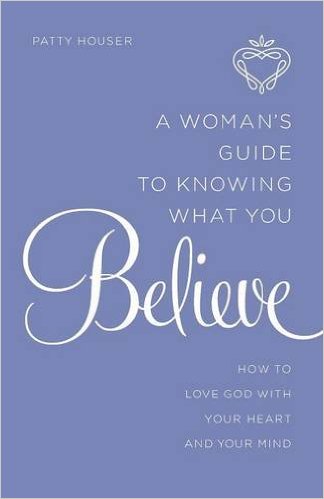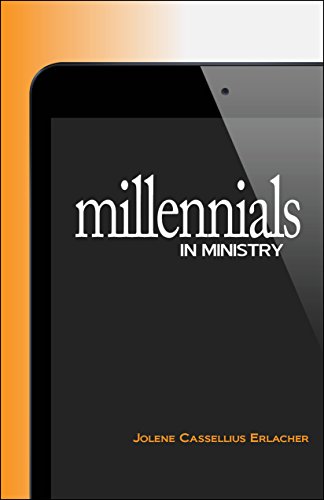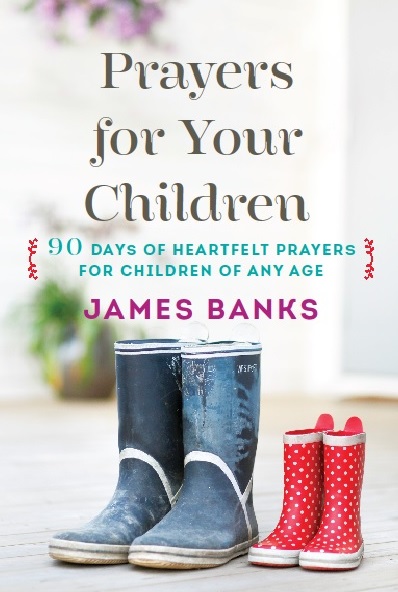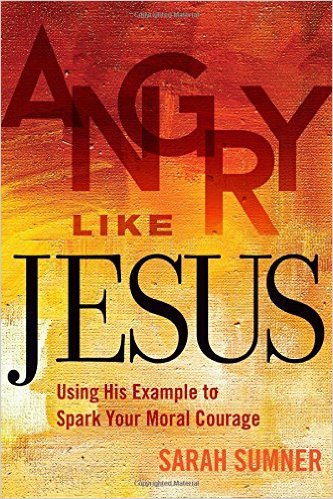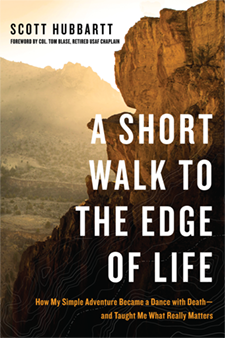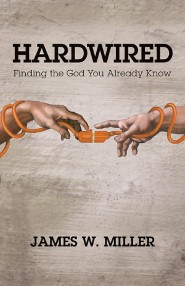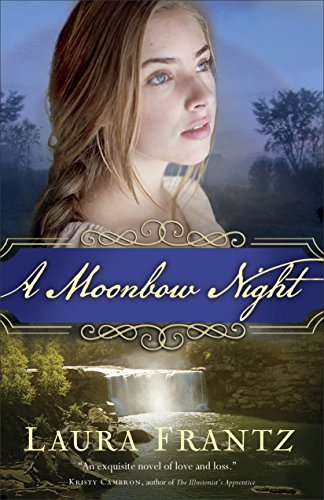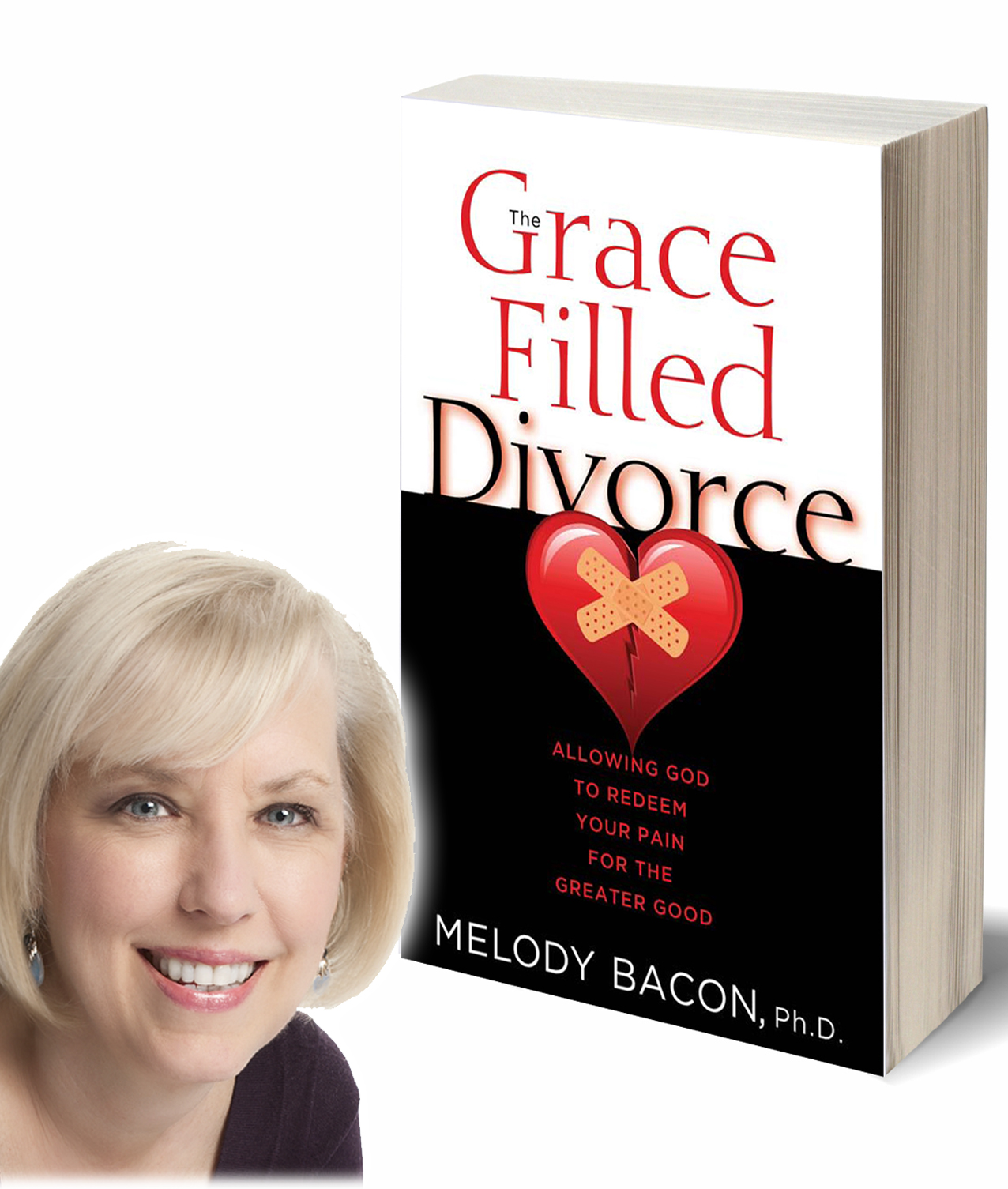Frequently Asked Questions
There are several book contracts every year secured through the Writer's Edge service. Dozens of writers and publishers have informed us of their success since the launch of the Writer's Edge. The actual number varies from year to year. (See our testimonials page on this website for a sample of successful authors who found a publisher through Writer’s Edge.)
The program itself is a screening service to sift and then expose manuscripts to publishers. It is not an agency for writers, nor is it a form of advertising or advocacy for the manuscripts. We are a conduit of information, a kind of pipeline to the publishers about what is available among the publishable options. Candidly: How good is your book? That will finally be the issue--not how good is Writer's Edge on your behalf.
The credibility of Writer’s Edge with reputable publishers depends on us being picky and discriminating about the manuscripts that “make the cut.” A typical month lists several book proposals. The publishers take the reports and pursue on their own the manuscripts that interest them, but they do not have any responsibility to report back to the Writer's Edge or pay anything to the Writer's Edge for useful material. Some writers receive several inquiries from publishers; some receive none. Of course, there is no guarantee.
Publishers don't "grade on the curve," and we don't push a book manuscript the way an agent should. We are exposing publishable material to publishers, hoping they will find something that fits their interests among the listings. For the manuscript that gets accepted, the match is perfect—one manuscript to one editor's criteria. Some bestselling books were rejected dozens of times before they found a publisher. Bestselling author Frank Peretti was rejected more than ten times before his first book found a home.
Yes. We receive overseas entries frequently from all around the world. Some books from overseas writers have been successfully published, though North American publishers consider promotion of overseas writers an extra challenge. Even so, the content of a book proposal exceeds other considerations, so we do accept and encourage writers not residing in the USA to submit their manuscripts for consideration.
Yes. Your reviewer will make some brief comments about problems he or she detects in your manuscript. The basis for declining your book submission may be something simple (like mechanical defects of grammar, misused words, or other editing issues) or more complex (dull prose, fuzzy logic, unclear message). Another draft might fix some of these shortcomings. Regardless, if you send it again, it will be treated as a new submission and require a new fee and Book Information Form. The reviewers cannot be expected to remember an earlier manuscript, since each reviewer is looking at dozens or even hundreds of manuscripts a year. Our assumption is that each submission is equivalent to an item submitted as "ready to go" with a publisher. If your work is a first draft, you should polish it more before investing in the evaluation.
If rejected, you may want to first consider a site such as
www.honestediting.com that offers more in-depth help in the areas where a manuscript and needs to improve. Honest Editing is a new affiliate of Writer's Edge Service.
Writers often brood about fonts, paper stock, type pitch, and other related formatting issues in a manuscript. The only real requirement for our service is that you use the four-step submission process available on this site. The form will automatically digitize your entry in our required format and font. Keep in mind that if you land a publisher, they plan to have their in-house people do all the design work on both the cover and interior, so they are not impressed with your attempts. The main consideration at this stage is readability.
Writer's Edge is distinct in that:
- It is an evaluation and screening program, not simply a writer bulletin board. A significant number of entries do not meet the screening requirement to be included in the monthly report sent to royalty-based publishers. Writers submitting to most other web-based services do not face this distinguishing criterion, and most other services do not provide this direct communication with publishers.
- Writer's Edge is not just a web-based display of writers' offerings but primarily involves a monthly report sent to its cooperating publishers and actually reviewed by acquisition editors. The website posting of approved manuscripts expands on the report but is not the primary communication with acquisitions editors.
- Writer's Edge provides some personal feedback and comment, especially for submissions rejected by our screening process. Every submission is read and thoughtfully considered for publishing potential. Our reviewers are directed to "think like publishers" in their feedback and evaluation, which may entail candid, or sometimes even unwelcome, advice to the writer. But candor is the best service we can render to any writer.
- We also offer some valuable and credible added resources for aspiring writers. Writer’s Edge resource services will continue to be expanded and enhanced to provide ongoing help for Christian writers.
Current copyright law protects your work the moment it’s created. Go to
http://www.copyright.gov/help/faq/ for more information. This site will also tell you how you can officially register your manuscript under copyright laws. Keep in mind that very few ideas are totally unique. What may seem like a unique idea is actually more common than the victim of theft thinks. (There are plot books with supposedly all the available plots concepts for novels!) In other words, what someone thinks is theft of their idea is actually not. If you are still concerned, consult a copyright attorney.
Twice, in two consecutive reports sent to participating publishers as well as five years exposure on the website. Of course, each report is just that—a report, not an advertisement. Each report includes the book proposals accepted and available for that specific report as well as those from the previous report, giving approved manuscripts exposure in two subsequent reports. The website will continue to hold your material available for years. The emailed report, (usually sent monthly or bi-monthly depending on the volume of approved manuscripts), is a two-report exposure. Some publishers save the report in a file and consult it in the future.
Print-on-Demand (POD) is a new printing technology. All of us in publishing are impressed with the output of these short-run services. The books look and feel like real books, which is what they are. And they can print a few or many copies. Increasingly, this technology is being used by traditional publishers for small print runs or as a way to print a few copies or to print “Unedited Advance Reader Copies.” Taken by itself, it is just another way to print books.
Our list of publishers is limited almost entirely to traditional royalty publishers. They will pay for the publication of your work if they contract for it. We have tried to keep “self” or “vanity” publishers off the list. A few of the major Christian publishers on our list of over 75 occasionally offer partner publishing agreements. We have carefully screened these only to include those that are not “book mills” that take anyone who can write the check and have a solid reputation and high degree of credibility. (Companies that do only self or vanity publishing are not on our list.) The world of subsidized publishing is quite varied: Some of them are rendering a real service; others are exploitative and nearly fraudulent. Most writers are advised to seek a royalty publisher if at all possible and if their project has broad appeal. Remember: Printing up the book is the easy part! Selling copies in the thousands is much harder. Traditional royalty publishers and reputable partner publishers will only take a book they think they can sell. That's why they’re so picky! See also the next question.
Just send the entire manuscript. If you have illustrations or are already working with an illustrator, send a couple of samples of those as well, which a publisher may or may not wish to use. Our reviewers will be able to tell what the entire book is like and can evaluate it as a total package. Art is not necessary, but your suggestions of ideal art for your project may be appropriate.
Yes. We will regard it as a new book submission, not a previously published out-of-print book. Since traditional publishers have not marketed your book, it needs to be evaluated as a marketplace product. Send it to us using the submission process at this site, just as you would if it were a new manuscript. Be aware that your typesetting, packaging, and cover will most likely not be used by another publisher. They will only be interested in the content and marketability of the book’s content.
Since 1999, this site has made publicly available the summaries of book proposals that passed the screening of the Writer's Edge Service. This is included in your fee. This is a valuable service which becomes a type of endorsement of your manuscript. The listing remains on the site for five years, so writers can point interested people to their listings. Anyone in the world can now find out about your book proposal. Qualified publishers can get the contact information needed to contact you directly.
The web exposure is open to any visitor to the site. To protect your privacy, we do not list your personal contact information on the website. While the publisher reports sent to qualified publishers DO contain your contact information, the website no longer does. This protects you from scammers and spammers and only allows the approved publishers on our list to contact you. If a reputable publisher finds your listing at the website, they are invited to contact Writer’s Edge; after verification, we will furnish that publisher with the contact information.
We encourage promotion and distribution of Writer's Edge information. One way we do this is by exchanging website links. When a Christian writer’s group agrees to place a Writer’s Edge link on their site, we reciprocate by placing a link at the Writer’s Edge site for local area writers as well as offering a special discount coupon for your members. To enact this exchange, please email us at
info@WritersEdgeService.com.
You can also provide them with this website address so they can get online to submit. When writers use the service, invite them to report on their experience. The Writer's Edge has thousands of satisfied customers. While not every writer lands a publisher, everyone receives valuable feedback and resource information.
The Writer's Edge Manuscript Service has no office open to the public. We encourage email and try to respond promptly.
admin@WritersEdgeService.com. Most of the questions that might come by phone can be answered in the materials provided in the Submission Instructions or the Frequently Asked Questions and Opinions on this website.
None of the publishers on our list publish poetry from freelancers. They may publish an occasional volume of poetry, but many of them do not ever consider it from writers not already in their stable. This reflects the marketplace demand. They just can't sell it. The reference title from Writer's Digest Books, typically called 2006 Poet's Market, has suggestions on where to send your poetry. See the page on reference resources for some additional poetry information.
Use a reference book like the annual Christian Writer's Market Guide (available in stores or at Amazon). A new edition comes out each February.
No. You are paying for an evaluation service. Our editors carefully read and weigh each manuscript in the selection process. Your fee covers this process, whether or not you "make the cut." The materials explaining the service are clear that fewer than half the submissions are accepted for the monthly report that is sent to the participating publishing houses. If you do not make the accepted list, you will receive a brief rationale for that decision. You will also be given other options on how you can improve your manuscript and learn more about quality writing when we send you our reply.
You write the first draft in the Book Information Form you fill out with the necessary application you can find on this site. Then the reviewer of your proposal may edit and modify that draft, possibly using some or all of your wording. We limit the promotional language to ensure that the report is regarded by the publishers as a credible, factual document. We regard the summaries as our communication to the publishers, not the writer's. Therefore, the summaries are not comparable to query letters. In the "Terms of Agreement" when you subscribe to the Writer's Edge Service, you are agreeing to allow our professional editors to modify and rewrite the summary description to fit our standards and make it look professional.
We've maintained a position of privacy and confidentiality for the Writer's Edge reviewers out of consideration that follow-up contacts from sensitive or aggressive writers might not be welcome. In an age of Facebook, LinkedIn and dozens of other online sources that our professional editors participate in, it would be easy to contact them. But they are busy people who write and edit for a living and give time to the Writer’s Edge service for a significantly reduced rate over what they normally receive. All Writer’s Edge reviewers are highly experienced in the genre they are asked to evaluate. Most have worked for the publishing houses that make up the Writer's Edge cooperating list. Some are published writers. Some are freelance editors who edit books under contract with major publishers, and some have been acquisition editors at major Christian publishing houses. All have extensive experience in evaluating manuscripts.
The Writer's Edge is not a literary agency. It has no future equity in your manuscript, like an agent would who might place your book and anticipate a portion of your royalties. The Writer's Edge is a service to screen, evaluate, counsel, and report potential books to a list of specific publishers. Needless to say, that takes a professional editor’s investment of time and requires some compensation.
If it is brief (4-5 pages) and helps "set up" the book, you may include it in addition to the three chapters. If longer, you should regard it as one of the three chapters. The goal is to help the reviewer understand the concept of your book; usually a good synopsis does that. Our reviewers understand three chapters to total about 20-30 pages for normal prose (not children's books). Long chapters that total far more than 30 pages will require the reviewer to stop after about the normal 30 pages.
Yes. Fiction is the fastest-growing segment of publishing, including Christian publishing, especially in eBook formats. Fiction is our largest submission category. That does not mean it is easy for writers to get action from the publishers. A novel must have an intriguing plot, strong mechanics, and in a popular-selling fiction category to get attention.
A brief, 500-750 word synopsis of your fiction manuscript is a must, both for us to see as well as what a publisher will want to see. But describing fiction in a promotional way (and briefly) is very tough to do well. Helpful counsel on describing your novel can be found at
www.honestediting.com, where you can receive help with your proposal for a fee.
Another option is a book from Writer's Digest: Give 'Em What They Want by Blythe Camenson and Marshall Cook, subtitled The Right Way to Pitch Your Novel to Editors and Agents.
Yes. Writers should realize that publishers initially sift all book proposals on a few, very few, criteria: the category or niche of the book, the credentials of the author, the competing titles in the marketplace, the writing style, and the uniqueness and timeliness of the book. The monthly Writer's Edge reports provide this initial information in a few hundred words. The total quality of your manuscript will come through when an interested publisher requests a complete copy of your manuscript.
Almost the entire publishing industry has gone digital until a book is in print. It is a much faster and more efficient way to communicate and transfer documents and files. It also saves paper and trees. Writer’s Edge reviewers also live in various parts of the country, and “snail mail” is no longer an efficient business practice.
You, as author, will need to use email systems and word processing systems anyway, since virtually every publisher today requires it.
Click on "How to Submit a Book" at the top of this page and take it from there. It’s a simple four-step process. You will supply key facts about your book proposal, summarize the content, and send in the first three chapters. The fee for our service is $99, payable by credit card. At a minimum, you will get some helpful feedback from professional editors. And those that “make the cut” will get exposure to interested book editors from reputable publishers. Dozens of Writer’s Edge submissions have turned into published books. (See our Author Success Stories.)
Writer’s Edge provides an avenue for writers to connect with established publishers with credibility, economy, and moral support. Most new or relatively unknown writers are frustrated that they can’t get on the radar screen of acquisitions editors at established publishing houses. Major Christian publishers are overwhelmed with book manuscripts they don’t have time to open or read. So we provide a service to both the author and the publisher. The way we do this is to initially log in all manuscripts into our system. Then our editors evaluate them, select the ones we think have merit, and send those in a monthly report to the participating publishers. Those not accepted for the monthly report receive some initial feedback regarding their manuscript’s strengths and weakness, along with recommendations for improvements. We also offer other valuable resources and helps for the writer.
No. While we do provide some feedback to authors who do not "make the cut," the primary purpose of Writer's Edge Service is to search for manuscripts that the author feels are ready to be presented to a publisher. Of course, this does not mean it has to be perfect or flawlessly edited, but it should be in good enough shape to be noticed as a viable manuscript that the author feels a publisher would entertain.
The Writer's Edge Service is not an in-depth evaluation service for an "idea" for a book or for rough drafts, outlines, or incomplete works. These will most likely be rejected. If you are looking for that type in-depth editorial service, we suggest you go to our subsidiary
www.honestediting.com.
You would need to submit each one separately and pay the fee for each one. The reason is that we pay editors to review them and each manuscript would need the review that we pay editors to do.
You would click on to "How to Submit a Book" at the top of the home page and fill out the information asked for step by step and start the process by entering your first book. Then, you would return to your account and click on the place that offers you the option to "add another book" and repeat the process for each book and pay the $99 fee for each book.
Manuscripts are taken in the order they are received and assigned to an editor to do the evaluation. Depending on how many manuscripts there are ahead of yours, it can take up to 30 days to complete the evaluation and then notify you by email.
We service a variety of Christian publishers that accept various genres, including both fiction and non-fiction. The vast majority of them belong to the Evangelical Christian Publishers Association (ECPA) and virtually all of them subscribe to an Evangelical statement of faith. You can read the ECPA statement of faith
here:
Think about the back cover copy of a good book. Try to describe in a few words the essence and “hooks” that will convey your book’s content in the best possible way. Here is a sample of a book that landed a publisher:
(Working Title: The Wooing of Jane Grey)
Jane Grey’s life was fine.
Fabulous career: check. Faithful friend: check. Serving in the church nursery: check. Lather. Rinse. Repeat.
And yet… Jane had promised herself she’d never let life become predictable. Now she finds herself thirty-something, feeling a bit lumpy, lonely and lost. A nagging pit in her stomach tells her she desperately needs a change.
Proving He has a sense of humor, the Lord deposits not one, but two handsome suitors into Jane’s life – seemingly overnight! Practical Paul Wade, a successful attorney,
seems Jane’s perfect match … on paper. Meanwhile, pro hockey hunkster Lindy Barrett
is clearly out of her league … or is he?
To decide, Jane must finally seek out that sweet spot lying somewhere between her head and her heart. Whose woo will win the heart of Jane Grey? God knows, but He’s not telling!
Publishers want to know why you are the right person to write this book. They also want to know what platform or connections you have or can create to help promote your book. Here is a sample:
(Working Title: Overcoming Doubts and Depression)
Dr. Rhonda Wilson is a licensed psychologist and holds two advanced degrees. She has published articles in magazines as well as a Christian women’s suspense novel she self published. She has served as director of counseling for two large churches. Her husband, David, is a pastor of a large metropolitan church inIndianapolis and a successful author. Dr. Wilson speaks at many conferences and venues where this book could be sold.
She also has a blog called “Healthy Minds, Holy Hearts” with over 20,000 followers.
Here is an example of how to show the scope of your novel so the editor has a good idea of where you are going, how the plot progresses, the conflicts involved in the story and how it ends. Basically, just give a synopsis of the story.
(Working Title: Watercolor Summer)
Kathleen waits in an airport for her flight when she sees a magazine cover that reads,
“ONE MOMENT IN TIME: WHAT IF YOU COULD RELIVE IT?”
This starts Kathleen remembering the summer she turned 13 and how that summer changed her life forever:
As the only child of a southern aristocratic father and a bohemian artist mother, Kat feels out-of-place no matter where she is; even in her own family. Her parents’ differences in background, values and interests seem to always put Kat in the middle of a veiled conflict. In her world, everyone appears to have self-serving motives. As a result, Kat becomes angry and withdrawn.
In her thirteenth summer, 1969, Kat is dragged by her mother to yet another artist colony on the beaches of Northwest Florida. There, her feelings of isolation and hopelessness unleash into a selfish rage. Self-pity overwhelms her and she contemplates every escape, including suicide.
Malcolm, a mentally challenged boy, who is living at the artist colony in Florida, tries to befriend Kat, but Malcolm’s very presence annoys her to her core. Malcolm’s caretaker, Jeanette, a simple, but lov-ing woman who runs the artist colony, becomes the bane of Kat’s existence, peppering seemingly every moment with ridiculous country wisdom and humor.
As the summer progresses, Kat finds out that Malcolm’s parents had abandoned him at the colony when he was five years old. This tugs at Kat’s heart a little, but her guard goes back up when it be-comes more and more likely that her parents are going to end their marriage.
At summer’s end, Malcolm becomes ill. It is revealed that Malcolm has a congenital heart defect that must be repaired if he is to live. Just before he is to leave for New Orleans’ Oschner’s Clinic, a storm at sea begins to brew and his surgery is in question. One afternoon, Kat goes for a swim in the gulf and gets caught in the undertow. Malcolm had been following Kat and tries to rescue her. Rescue comes for both Kat and Malcolm, but Malcolm’s weak heart is made weaker by his struggle in the water.
Malcolm is taken to the local hospital where he is in critical condition. Meanwhile, Hurricane Camille is fast approaching the Gulf Coast. Kat, Jeanette, Mary Alice, Chandler remain at the hospital to keep a vigil and to wait out the storm. Malcolm’s heart, however, is too weak. Sadly, he dies.
At Malcolm’s funeral, Kat sees a woman who she suspects is Malcolm’s biological mother. When Kat voices her suspicions to her mother, Chan tells her daughter that she also believes this was Malcolm’s mother. Mary Alice Spaulding fills in the details of the back-story on Malcolm and his abandonment at the colony. She had been in contact with Vera, Malcolm’s mother for several years. Vera, who was finally free from an abusive husband, moved back near the colony so that she could keep watch over her son from a distance. What seemed at first to be a mother’s selfish act, begins to look more like an act of mercy.
As Kathleen and her mother leave the colony at the end of the summer, Kathleen begins to see how her life is starting to make more sense.
The Epilogue is Kathleen on the flight she was about to catch during the Prologue. She reflects on how the “stains” of her life, like watercolor on paper, have come together to paint a beautiful scene that only God could have anticipated and ordained.
(Working Title: The Grace-Filled Divorce)
“Can I find God in the grief of my divorce?” is the unspoken question of clients who come to me to help them navigate a confusing and terrifying experience. As Christians, we are told that God is in midst of suffering. Through his incarnation, we understand that God knows the pain that we feel. He wept at the tomb of his friend, Lazarus. He suffered and died on the cross. But the grief and suffering that comes with divorce seems to challenge this assumption. After all, the Bible clearly states, “God hates divorce.” For many of my clients, the logical extension is that God must hate me.
As a result, grief in divorce is given short shrift, if it is acknowledged at all. It is as though divorcing individuals do not have the right to grieve, let alone call upon God in the midst of their suffering. But centuries of Christian writings and contemplative practices attest to the fact that, in the words of John Keats, this life is the “vale of Soul-making”. Pain and suffering, whatever the cause, can be transmuted into a deeper and richer experience of God.
The words, “I want a divorce”, place people at a crossroads without markers. How the journey proceeds depends on the choice made at this intersection. One road leads to years, maybe even decades, of anger and vitriol, courtroom battles, custody fights, and, potentially, multiple failed marriages. The other, less traveled path leads toward peace and a deeper, more nuanced spiritual life. What makes the difference between these two responses to divorce? The willingness to enter into grief and allow it to become a process for spiritual formation.
My book, The Grace Filled Divorce: An Opportunity for Spiritual Formation is written to help readers understand the experience of grief in divorce on both an interpersonal and spiritual level, to transmute the pain of divorce into a transformative experience. Beginning with a foreword written by pastor and author, Chuck Smith, Jr., this book interweaves the stories of Christians whose emotional, personal and spiritual life was transformed by the experience of grief in divorce, with ancient Christian spiritual practices and psychological insights and techniques that have benefited hundreds of my clients. In my practice as a Christian psychologist specializing in relational counseling, I have witnessed the extraordinary benefits that come from consciously entering, with God, into the grief of divorce. Divorce can be the beginning of a new phase in an individual’s spiritual walk; the benefits can bless the lives of others.
OUTLINE
Foreword by Chuck Smith, Jr.
Preface
Introduction
Chapter one. When things fall apart: Laying the Groundwork
Chapter two. Awakening (Candace’s Story)
Chapter three. The Importance of Grief
Chapter four. Becoming Myself (Karen’s Story)
Chapter five. One divorce, two experiences
Chapter six. New Beginning (Maureen’s Story)
Chapter seven. Guilt and Shame: Core Issues
Chapter eight. Letting Go (Joan’s Story)
Chapter nine. Lessons from Marriage
Chapter ten. An Amazing Adventure (Jeanne’s Story)
Chapter eleven. Your Ex-spouse: Your emotional workout partner
Chapter twelve. Finding Goodness (Melissa’s Story)
Conclusion.
Appendices

